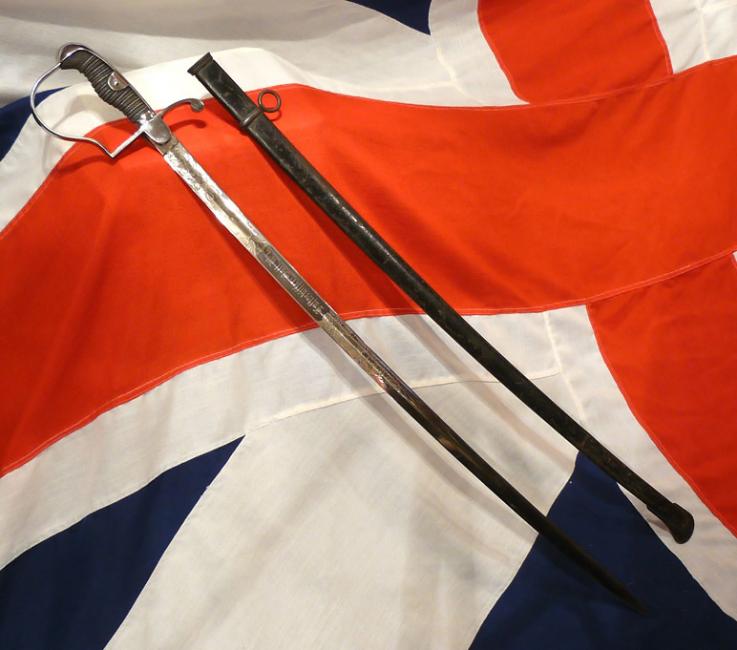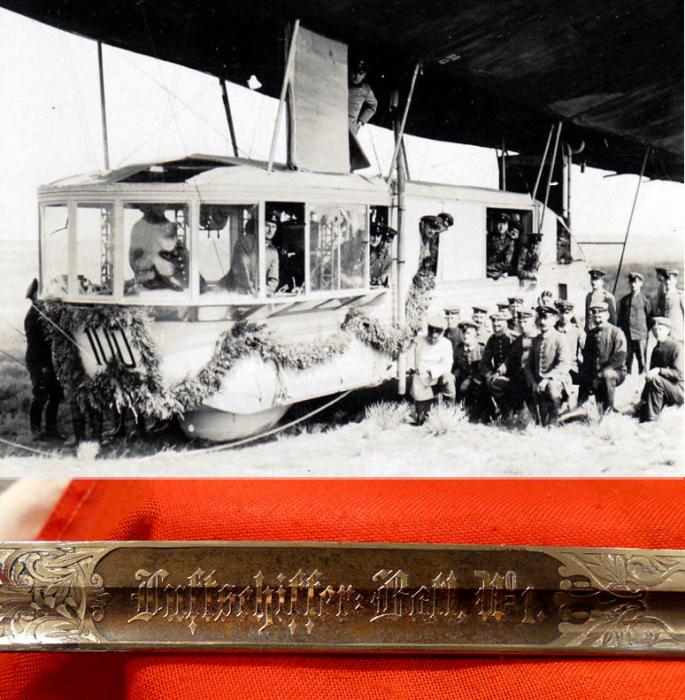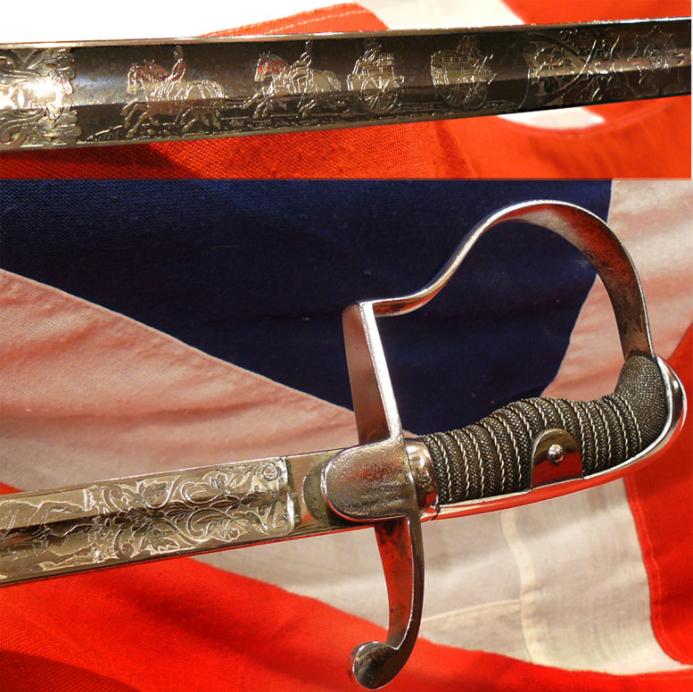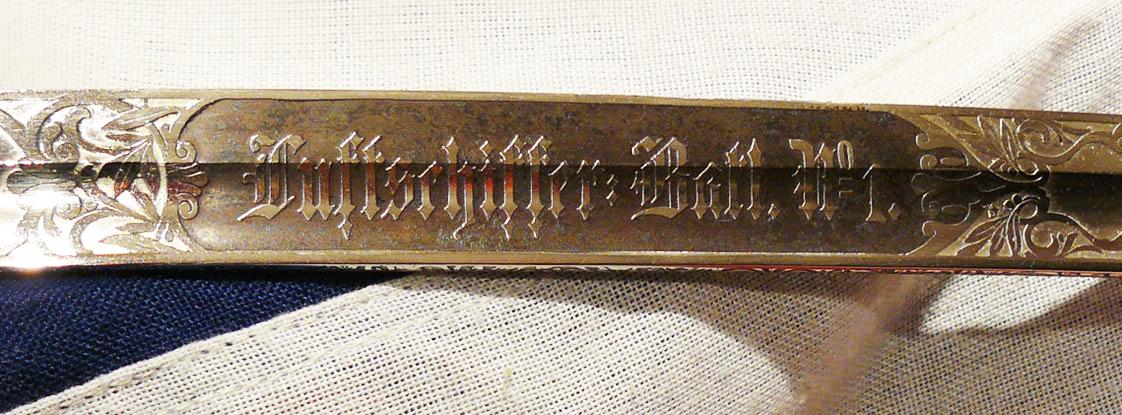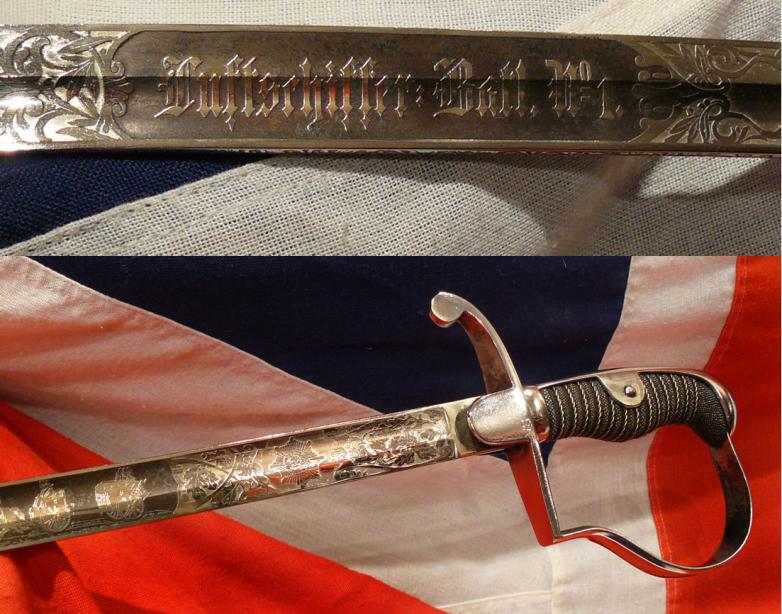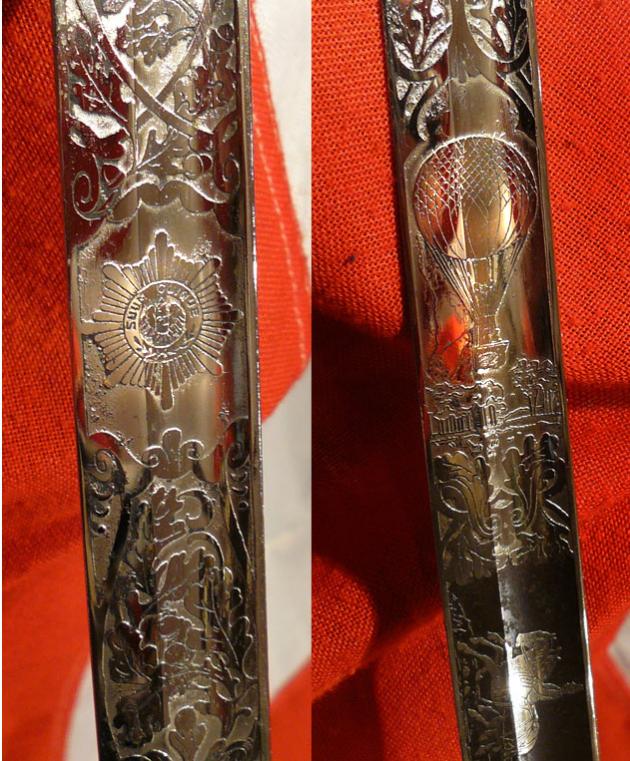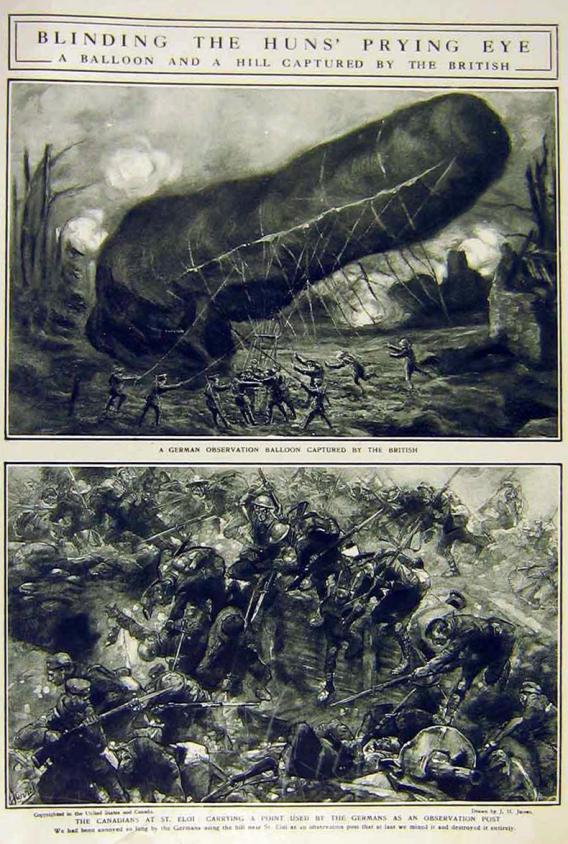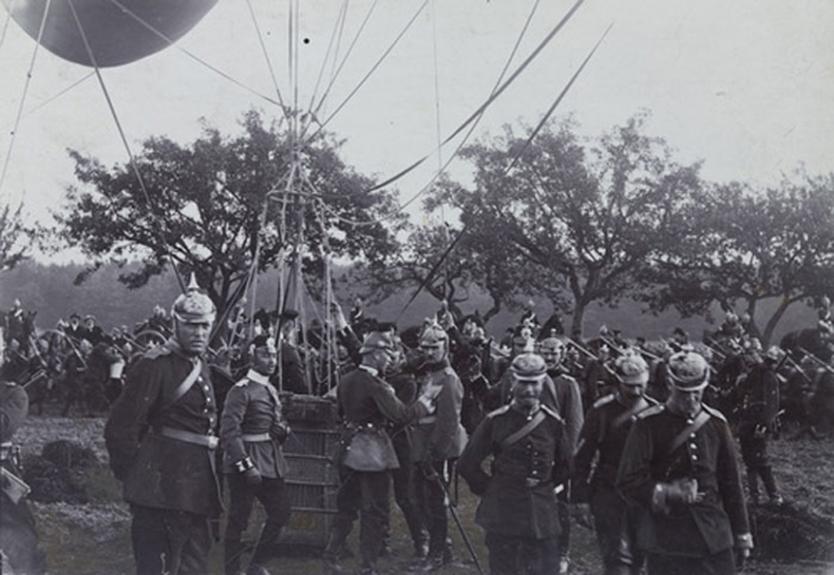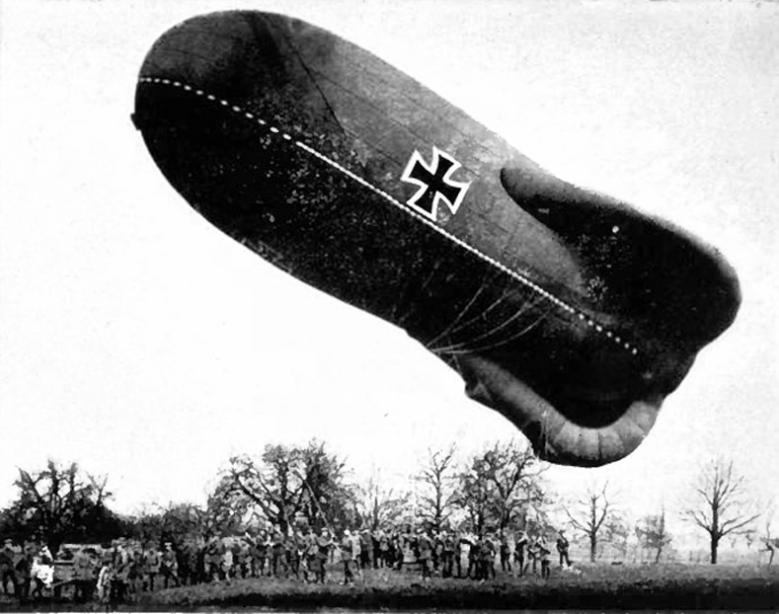A Very Rare WW1 German Airship Bataillon 'Luftschiffer' Regt. Nr.1 Officer’s Sword, of the Elite Imperial German Kaiser's Zeppelin and Airship Guarde Infantry, Only The Second We Have Seen in 30 Years
Probably one of the rarest German swords available, from the iconic German Zeppelin force of WW1. A duluxe quality blade bearing the Luftschiffer Battalion no 1, a Luftschiffer observation balloon and the Imperial German Kaiser's Garter Star symbol, plus a troop of horses pulling the balloon limber. Airship Battalion officer's swords are so rare as to be virtually unavailable, we have only seen one other in the past 40 years or so. We have not even heard or seen of another example in over 30 years. The German Airship Battalions were a small yet vital part of the Kaiser's Imperial German war machine. It was a mix of old and new technology that created the amazing new air services which in turn resulted in the iconic and hugely successful psychological warfare, of the highly feared and indomitable, so called, Hun in the Sky. The very beginning of true aerial warfare as we know it today. Some of the most famous stories of the war were based around the German Airships Zeppelins and the like and their continued use by Hitler's Third Reich right up to the late 1930's as can be seen, impressively and incredibly depicted, in the third of the Indiana Jones movies shows just how important they were considered. Any souvenirs or militaria from those early services are incredibly sought after, and very scarce indeed. All the weaponry connected with those services are particularly rare and very highly prized. At the start of World War I the Imperial German Army had five Luftschiffer (airship) battalions and one airship company. They were used as frontline observation posts and the larger ships as long range bombers. Fatalities of the crews were very high indeed due to their vulnerability. This sword is the best you could possibly hope for, as, not only does it have a deluxe etched blade, with two blued panels regimentally marked for the Luftschiffer Battalion No1, It also bears the Imperial Garter Star to represent this battalion was part of the Guard Infantry. The most elite part of the Imperial German armed forces, based in Berlin and assigned to the front lines in France and Belgium. The Luftschiffer became the backbone of German aerial warfare in the first years of the War, conducting reconnaissance flights as well as the first bombings of cities, including Paris and London.
Upon the outbreak of World War I, the Luftschifftruppe numbered around 20–25 zeppelins in service. The Luftschifftruppe began aerial surveillance early on in Belgium and France, but often came under fire by anti-aircraft guns. Because of their slow speed, they were very vulnerable. After three Zeppelins were shot down in the first month alone, the Luftschiffer were switched to naval surveillance, observing British ship movements, in which capacity they played a decisive role in the Battle of Jutland. Tests were done of dropping bombs from Zeppelins in order to increase their potential. Zeppelins had a typical carrying capacity of almost 9 metric tons, making them useful enough for this operation. Following the Christmas truce, Kaiser Wilhelm II approved of the Luftschifftruppe's bombing of England. On January 19, 1915, the first bombs fell over Britain, when two Zeppelins dropped 50 kg explosives on villages outside Great Yarmouth. Five people died in the first raid; 18 more raids that year would end in almost 900 casualties. Following the terror, the British government began taking measures to stop the bombings. Anti-aircraft guns were set up all over south-eastern England, as well as spotlights for night time.
The bombings in 1916 were more intense than in 1915. After an accidental bomb-dropping on London, the Kaiser approved of raids directly against the city's urban center. Twenty-three raids on London resulted in around 1,800 casualties. Despite safety precautions, civilians were still unprepared for the raids and zeppelins were still able to avoid defenses. By 1917 and 1918 the threat the Luftschifftruppe posed to London was diminished. Large-scale introduction of fighter planes caused nearly half of the planned bombings to end in failure. Only eleven successful raids occurred in the last year of the war. Nearly 80 zeppelins had been built for the Luftschifftruppe during the war; around 60 of them were shot down, including Peter Strasser's own zeppelin, with himself on board. The hilt is plated steel with wire bound fishskin grip. A blackened steel scabbard with slight denting.
Code: 23637
5450.00 GBP

